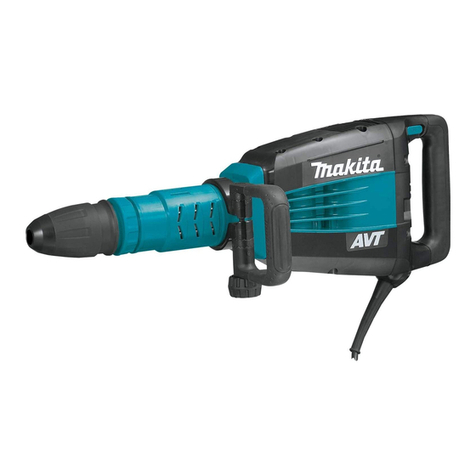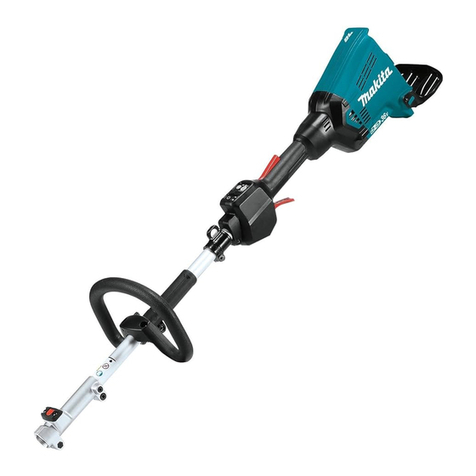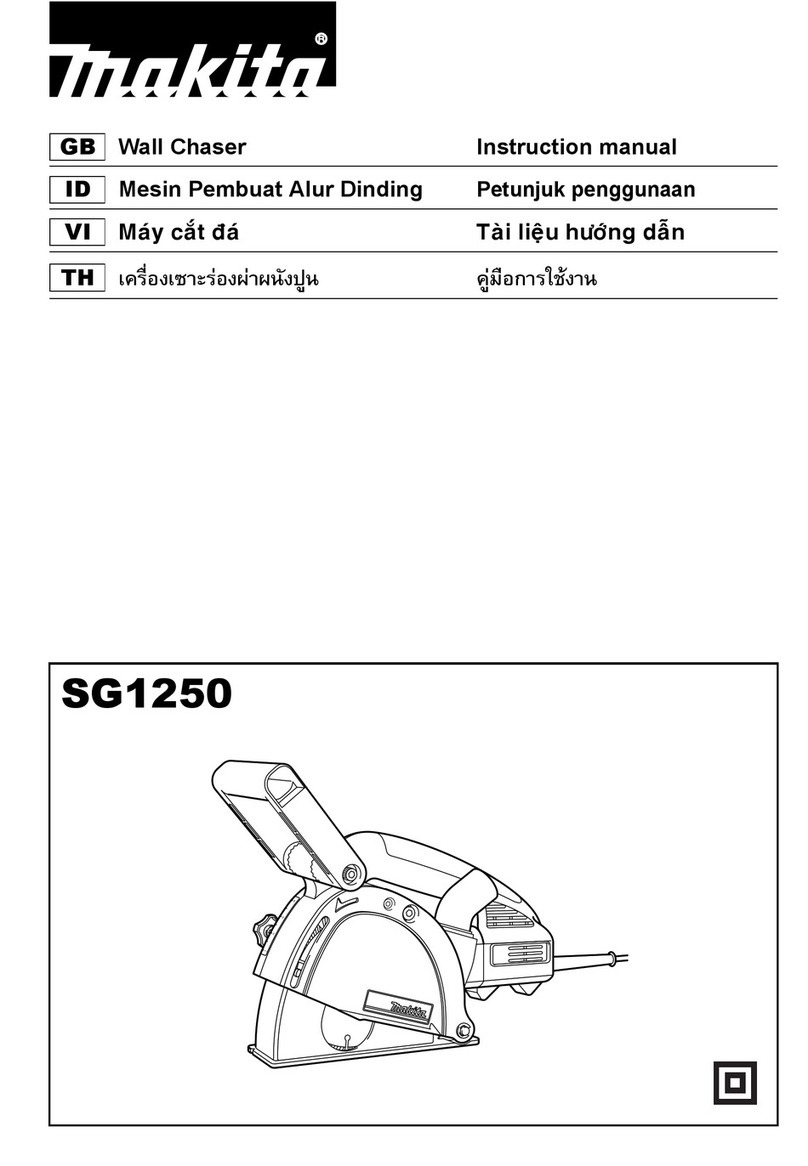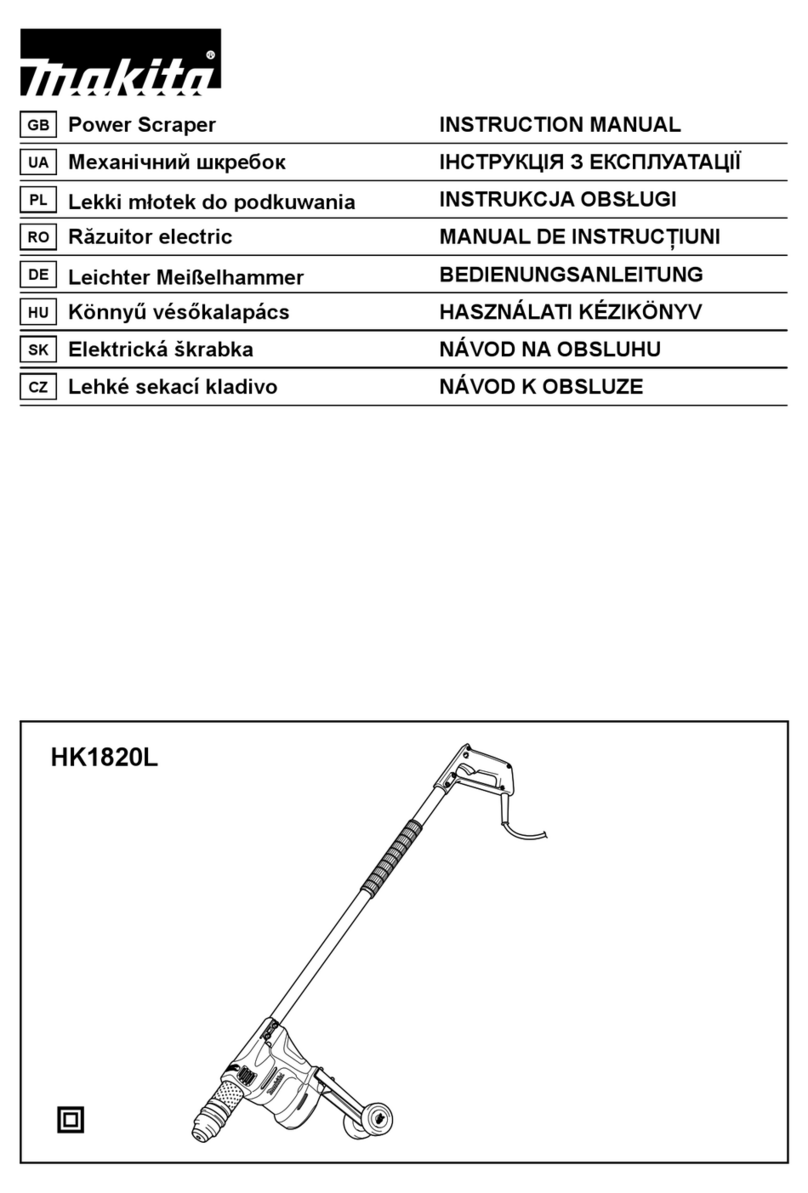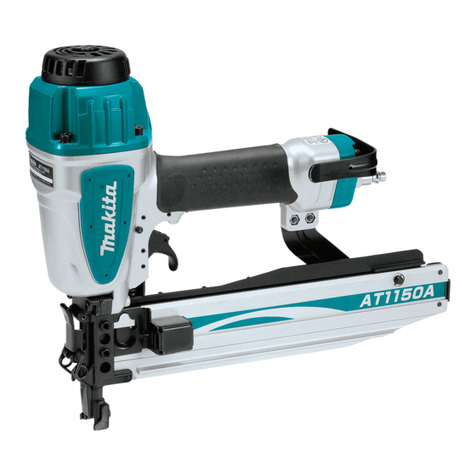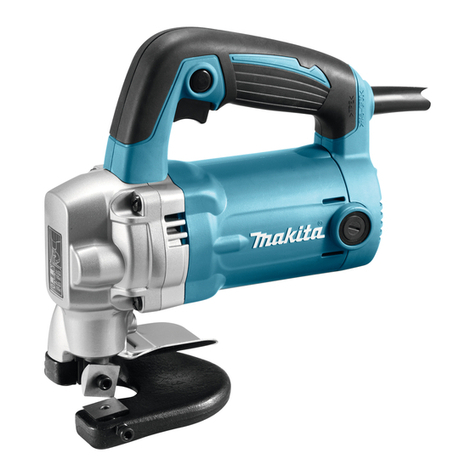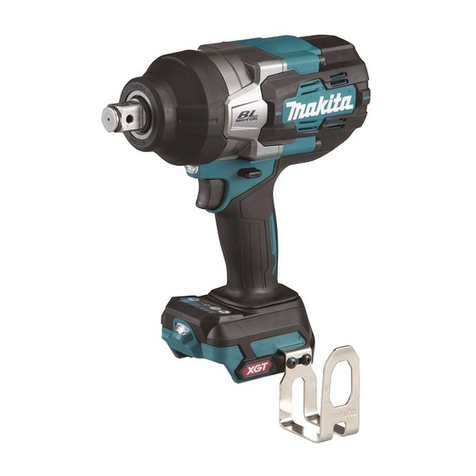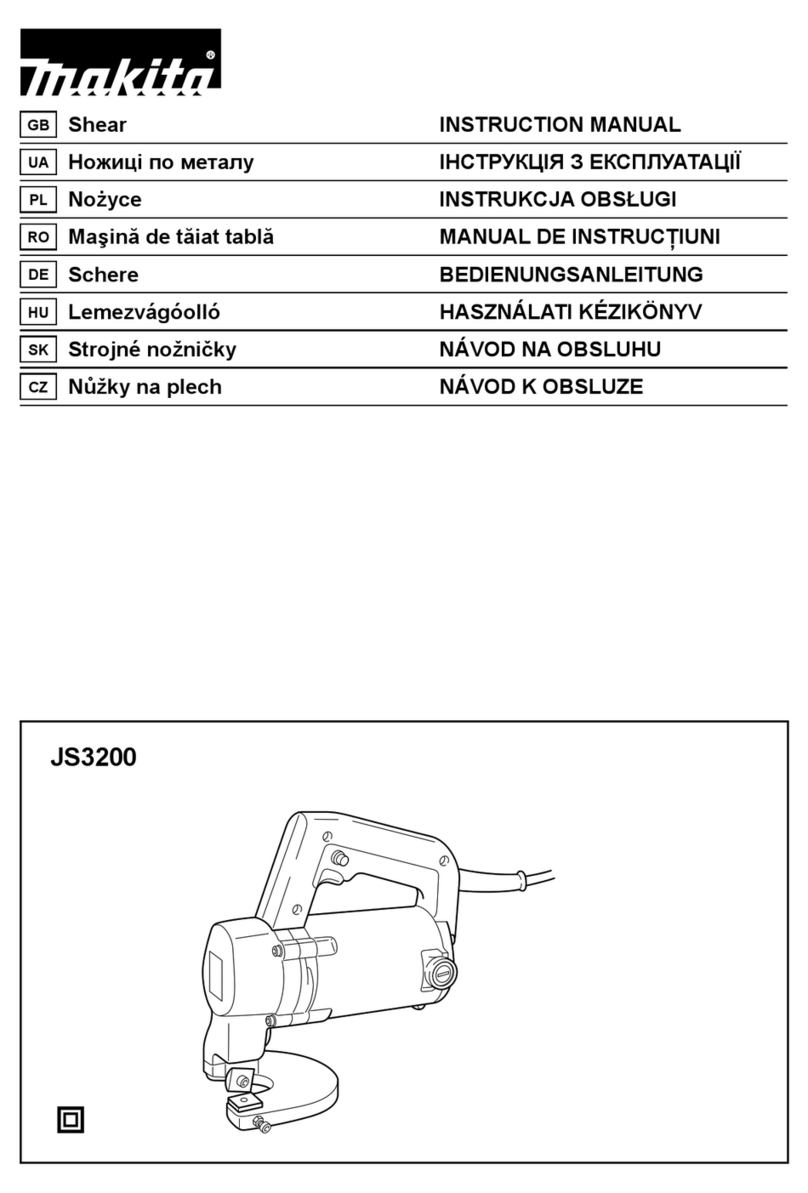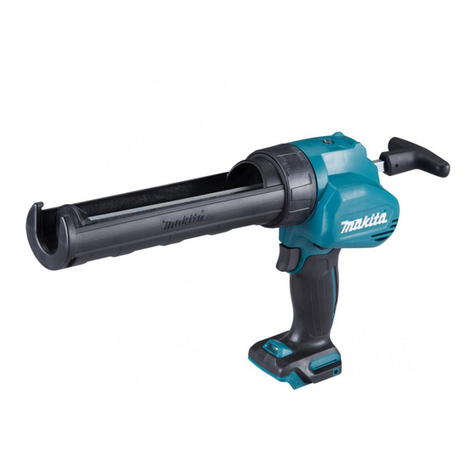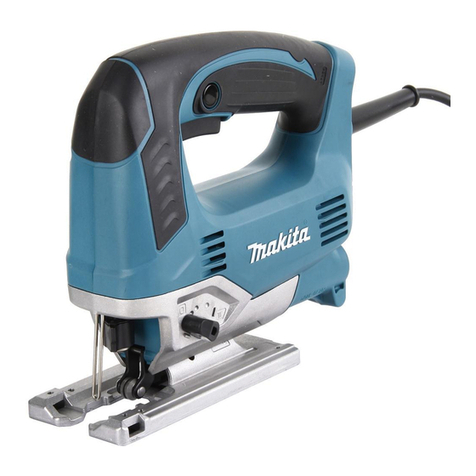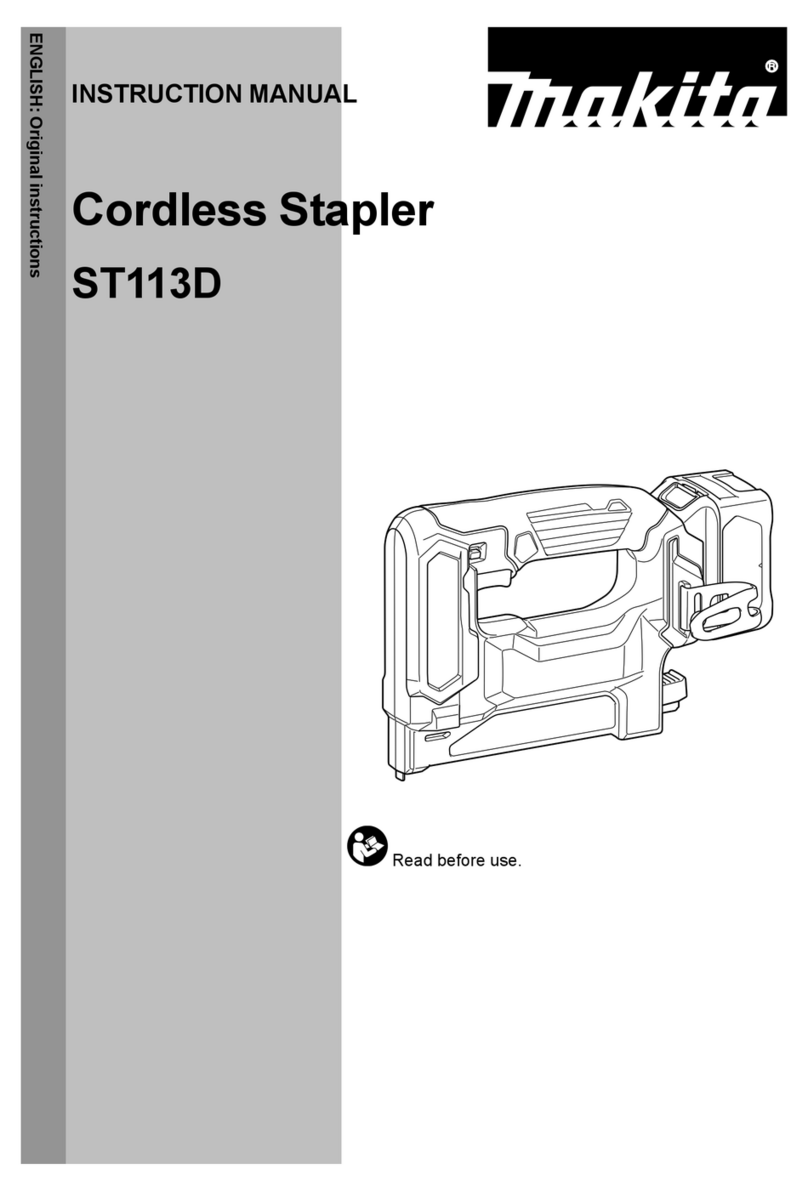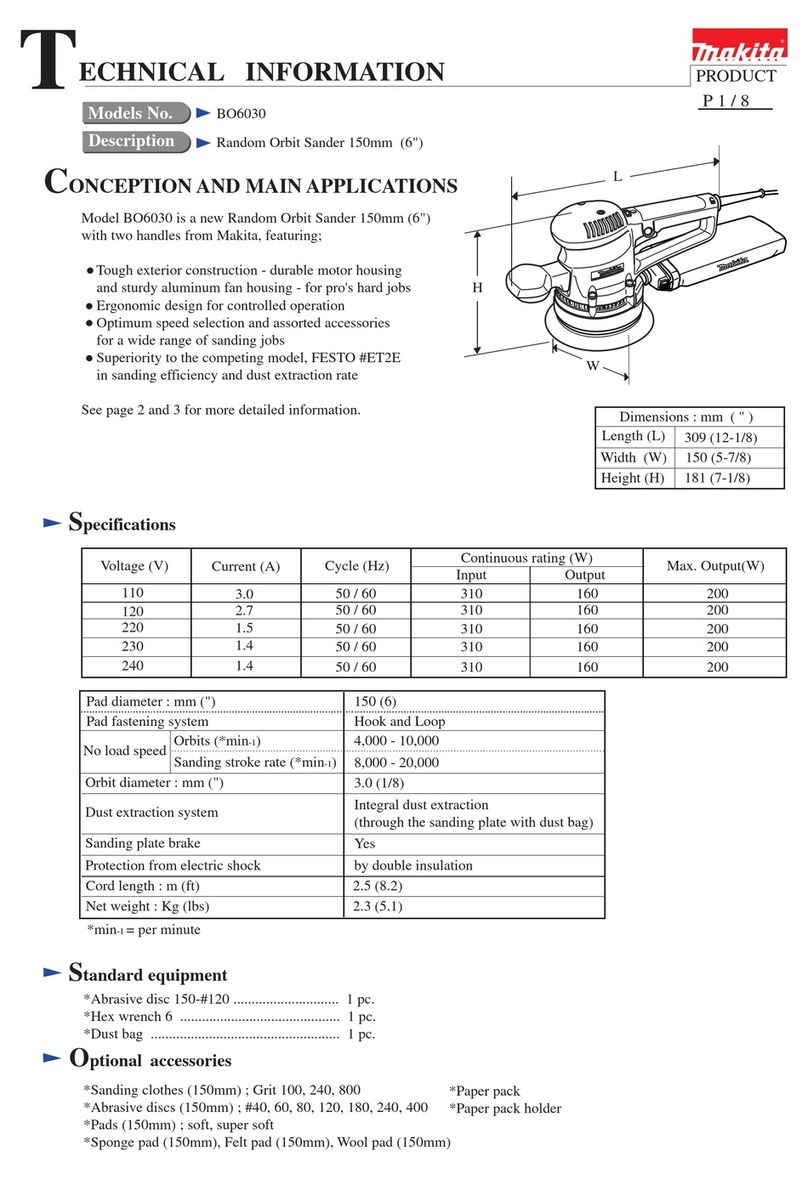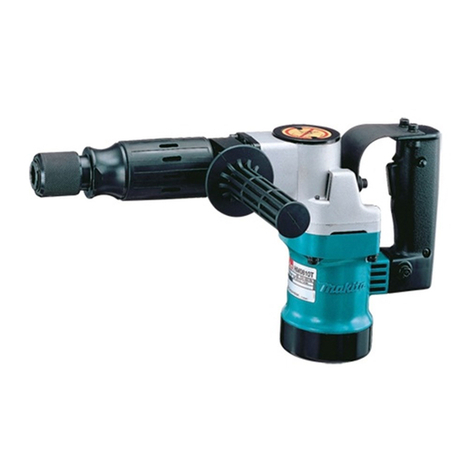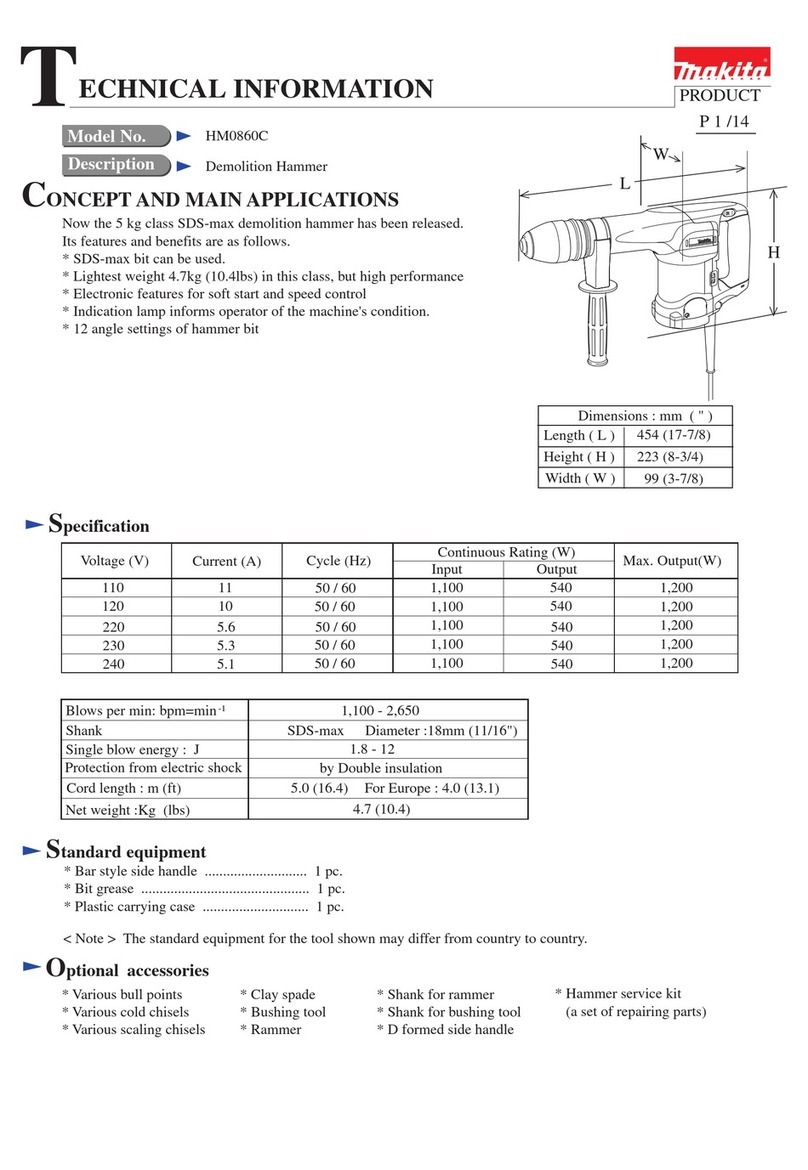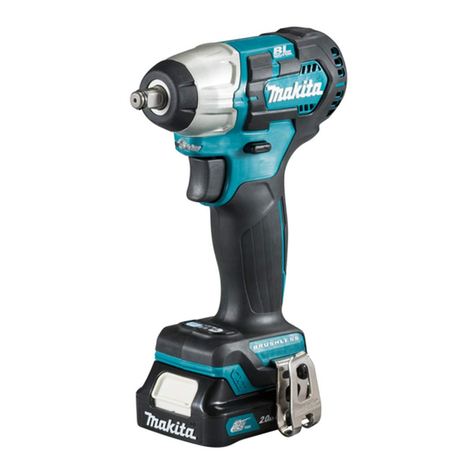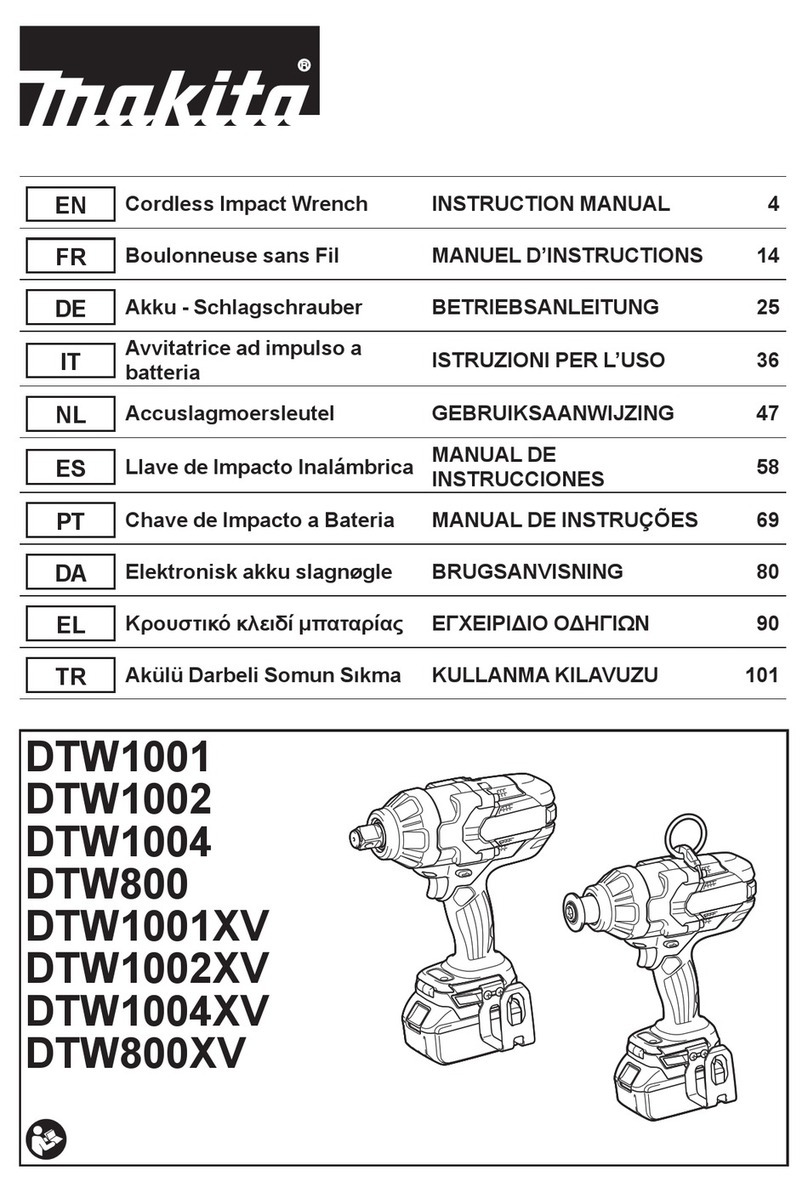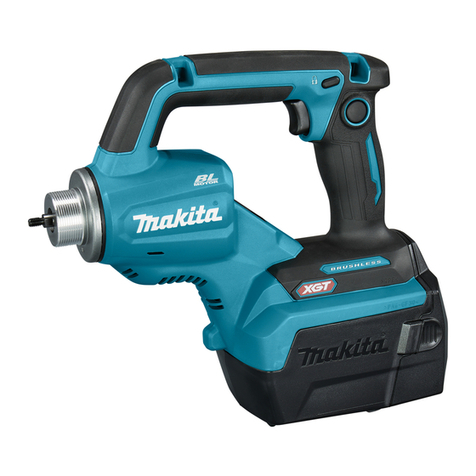
7ENGLISH
7.
-
Charging improperly or at temperatures
outside the specied range may damage the
battery and increase the risk of re.
1.
This will ensure that the safety of the power
tool is maintained.
2. Service
of battery packs should only be performed by the
manufacturer or authorized service providers.
3. -
1.
Otherwise, the object,
hose, air chuck, or adapter may be damaged and
you may be injured.
2. -
The object,
air chuck, or adapter may bounce due to exhaust
air and cause an injury.
3.
Otherwise, the tool or
object may be damaged and you may be injured.
4. -
Using the tool at output
pressure greater than the maximum output pres-
sure of the tool may burst the object or the tool.
5.
Inating other objects may
damage them and cause an injury.
6.
Otherwise, the tool or
object may be damaged and cause an injury.
7.
The tool may
be damaged and cause an injury.
8.
Use the pressure gauge of the tool
only as a reference.
9. -
Otherwise,
the tool may be damaged and cause an injury.
10.
Foreign objects may enter the inside of the tool
and cause a malfunction.
11.
Objects may be blown away and cause
an injury.
12.
The dust may be scattered and cause an
injury.
13. If you
inate a large capacity object, the tool may
become extremely hot and could burn your skin.
14.
The metal
parts may become extremely hot and could burn
your skin.
15.
16. The
entangled hose may cause loss of balance and
cause an injury.
17.
18.
19. Your
lungs may be damaged by inhaling toxic fumes.
20.
21.
22.
The use of any other accessories
or attachments might present a risk of injury to
persons.
23.
Damaged
tire can burst when it is inated and cause an
injury.
24.
1. -
2.
It may result in a re, excessive heat,
or explosion.
3.
4.
-
5.
(1) -
(2) -
(3)
6. -
